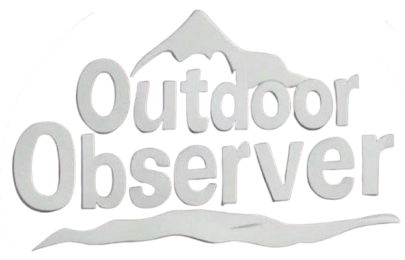This Content Is Only For Subscribers
The salt air was calm that morning off the coast of Gulf Shores, Alabama. The sky stretched wide and cloudless over the Gulf of Mexico, and the water was glassy under the early sun. For Ryan M., a lifelong recreational fisherman with over two decades of offshore experience, this trip was like many others—until it wasn’t.
Anchored several miles offshore with his rod set and baited, Ryan noticed something unusual about 30 yards off his port side. At first, he thought it was driftwood or a stray buoy. But as he steered his boat closer, the shape resolved into a sea turtle—an adult loggerhead—moving sluggishly at the surface.
“I’ve seen sea turtles plenty of times out here,” Ryan said in a phone interview a few days later. “But this one… it wasn’t right. It wasn’t diving, wasn’t reacting like they usually do.”
When he got close enough, the reason became heartbreakingly clear.
Wrapped tightly around the turtle’s front flipper and neck was a snarl of discarded fishing line and what looked like plastic strapping from packaging material. One eye was cloudy, and the limb entangled by debris was raw and swollen, the skin visibly torn.
“I could see it had been like that for days,” Ryan said. “It wasn’t just tangled. It was injured—bad.”
Ryan turned off his motor, let the boat drift, and carefully entered the water in a mask and snorkel. After 20 minutes of slow, cautious approach—giving the turtle time to adjust—he managed to cradle its body against his chest. Using the multitool he always carried in his tackle kit, he began snipping away the nylon and plastic strands.
“Even then, the turtle didn’t fight me,” he recalled. “It just floated there. It was like it knew I was trying to help.”
Once freed, Ryan radioed the Sea Turtle Stranding and Salvage Network (STSSN), a national program coordinated by NOAA. With help from local responders, the turtle was transported to a wildlife rehabilitation center in Orange Beach. There, veterinary staff treated the lacerations and administered fluids and antibiotics.
Preliminary assessments confirmed that the turtle—a mature female—had likely suffered for days. Its injuries, though severe, were not fatal, and with proper care, it had a strong chance of recovery.
“This kind of injury is tragically common,” said Dr. Lea Sanders, a marine biologist with the Gulf Coast Sea Turtle Center. “Plastic pollution and abandoned fishing gear are among the top threats to sea turtles globally. What Ryan did probably saved this turtle’s life.”
Ryan’s rescue has since spread among the local fishing and boating communities. But he’s quick to turn the attention away from himself.
“I didn’t do anything special,” he insists. “It just reminded me how connected everything is out there. What we throw into the water doesn’t disappear—it comes back in ways we can’t ignore.”
He’s since started working with a local marina to set up proper disposal bins for fishing line and plastic waste, and he’s been sharing his story with youth fishing programs in the area.
“I love the ocean. It’s where I grew up, where I still find peace. But if we want to keep fishing, swimming, even boating—something’s gotta change.”
Every year, hundreds of marine animals in U.S. waters are found entangled in trash, most commonly from single-use plastics and discarded gear. Loggerhead turtles, like the one Ryan rescued, are a protected species under the Endangered Species Act, and encounters like his offer a glimpse into a deeper problem.
“It’s not about banning fishing or boating,” Dr. Sanders noted. “It’s about responsibility—knowing that every plastic bag, every piece of line left behind, can cause real harm.”
As for the turtle, it’s now recovering in a saltwater tank, monitored by staff and named “Hope” by local students who heard her story.
For Ryan, the experience changed his perspective permanently. “I thought I was going fishing that day,” he said. “But I ended up learning something bigger. The ocean gives us so much—it’s time we start giving back.”



